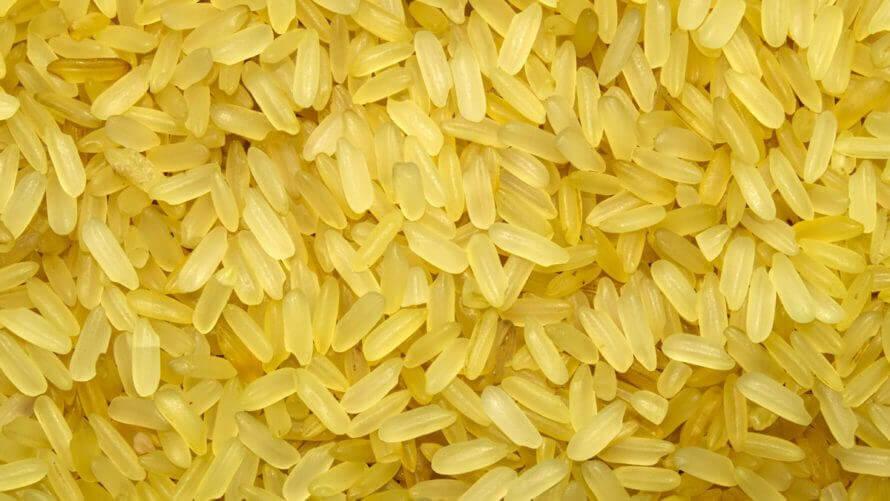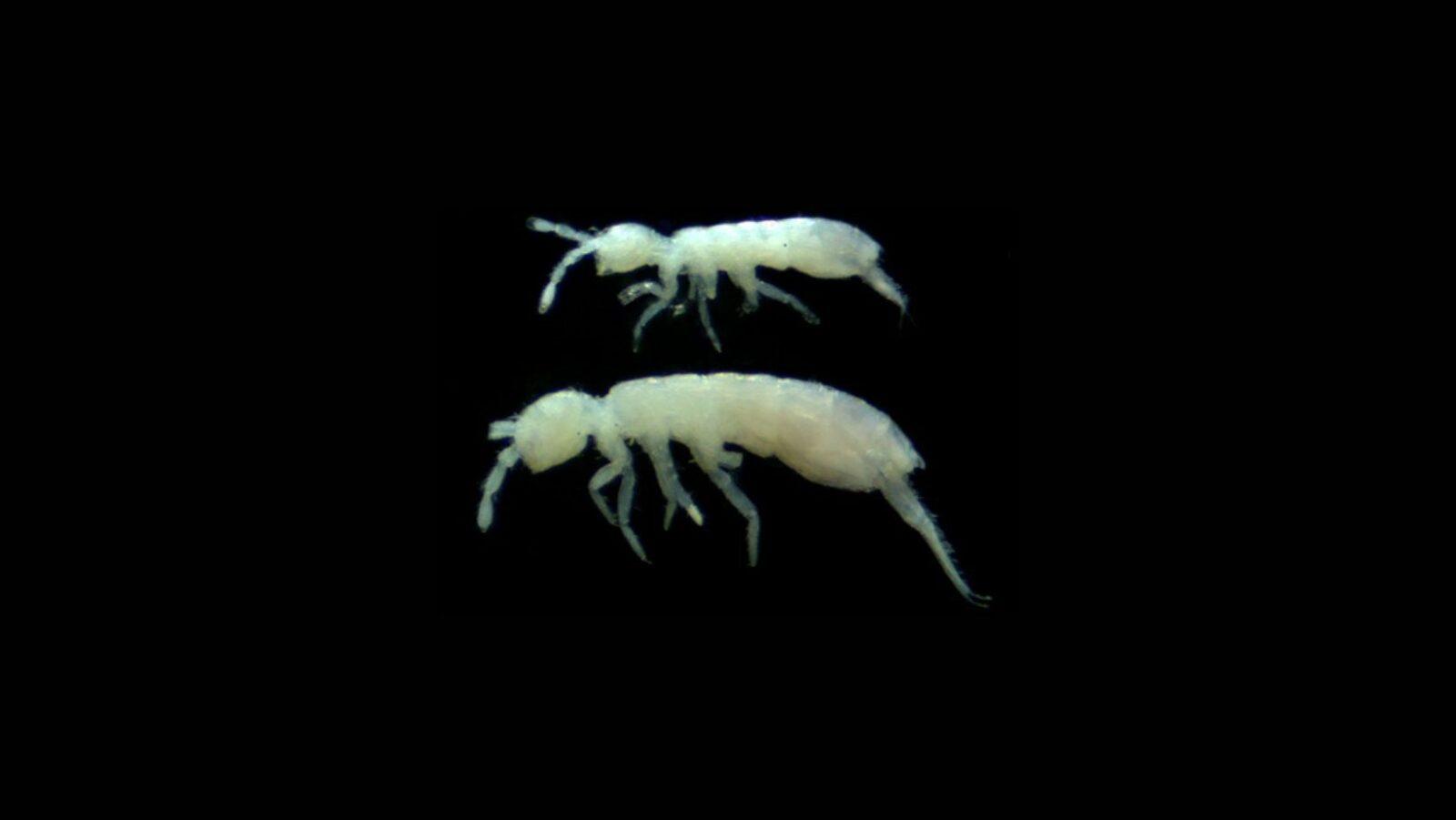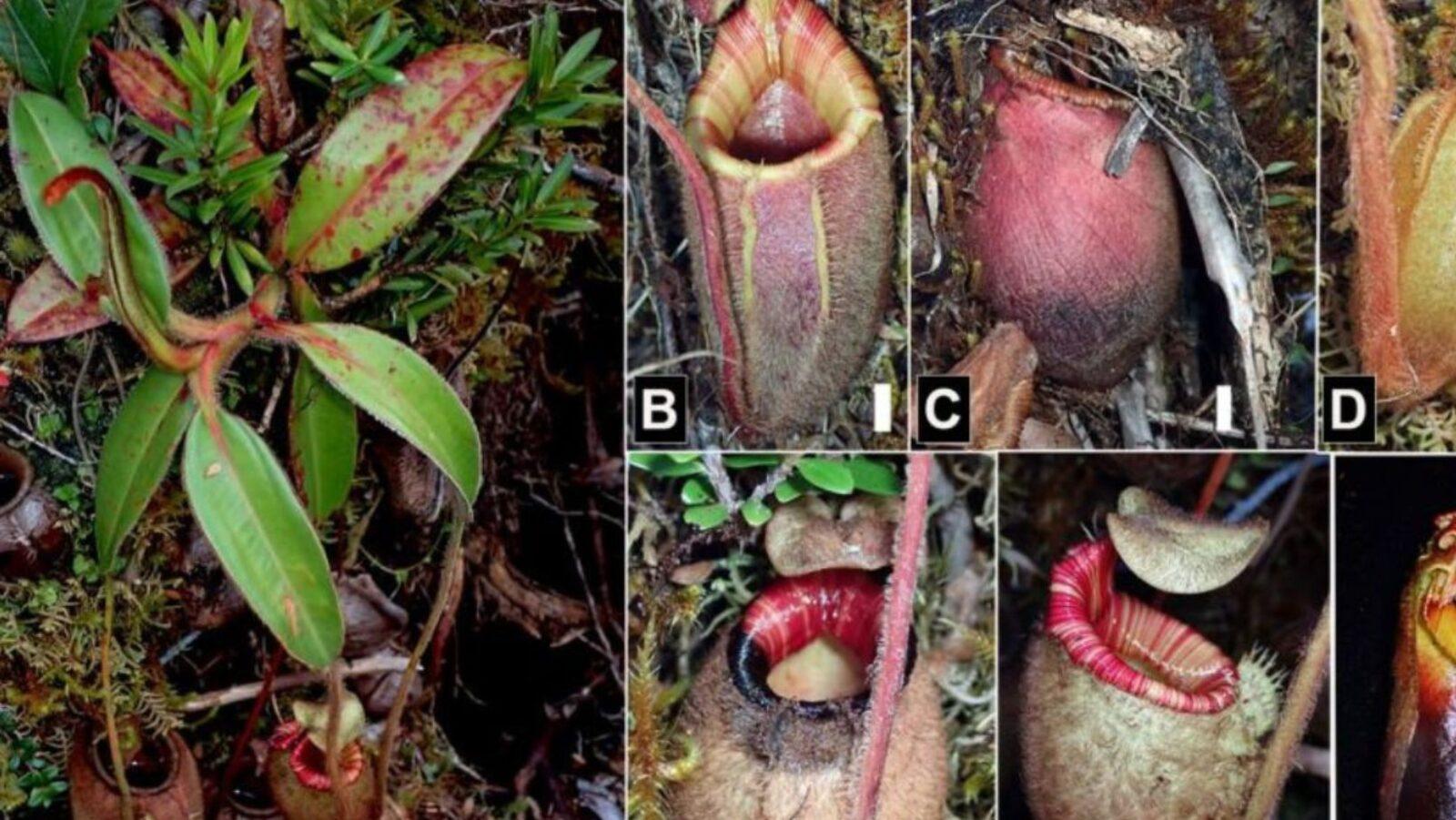
•The Golden Rice project, which started in the 1990s, is a long time coming.
•Golden Rice aims to help reduce Vitamin A deficiency, particularly in Southeast Asian countries where rice is a main staple.
•Despite its humanitarian intentions, golden rice has taken center stage in many debates on genetically modified organisms (GMOs).
Rice is an undisputed staple in any Filipino home. But flanked by colorful meats and vegetables, it never takes center stage on a dinner table.
Take the biotechnological tool of gene editing, however, and apply it on rice. What ensues is a Midas touch of sorts: From white, rice turns into a beautiful, rich yellow color.
Golden Rice is a japonica variety reminiscent of the highly prized mineral. And it’s not all just for aesthetics.
A bright idea
Beta-carotene, the compound that gives Golden Rice and carrots their color, is a precursor for Vitamin A.
Vitamin A is essential for good vision and overall immunity, especially for children and pregnant women. The consequences of Vitamin A deficiency range from night blindness to corneal damage to increased susceptibility to infections, solidifying Vitamin A’s importance as a micronutrient for developing bodies.
According to a 2009 study by the World Health Organization, 73 countries are facing a severe public health problem regarding Vitamin A deficiency in children. Among the regions included in the study, Southeast Asia has the highest number of Vitamin A deficient children and pregnant women, at almost a hundred million combined.
In Southeast Asia, babies are weaned on rice; for adults in the region, rice is a significant portion of daily caloric intake. Herein lies the ingenuity of Golden Rice: It fortifies rice with beta-carotene, which the body will eventually turn into Vitamin A.
In other words, Golden Rice gives the body the ability to produce something that it naturally does not. Wondrously, this ability comes from two surprising sources.
Single (laboratory) origins
The Golden Rice project was a joint effort between ETH-Zurich and the University of Freiburg in the early 1990s, with Dr. Ingo Potrykus and Dr. Peter Byer at the helm. The end goal was clear and precise: activate the beta-carotene biosynthesis pathway in the rice grain.
The means to do this, however, proved to be a hurdle. Beta-carotene is a terpenoid, which means its synthesis starts with the elongation of 5-carbon isoprene units until the 20-carbon geranylgeranyl pyrophosphate (GGPP) is produced. Two GGPPs merge—”dimerize”—together to form phytoene, which is transformed into lycopene and finally beta-carotene. Rice grains, however, naturally produce only GGPP and not beta-carotene, as the starchy inside of the endosperm makes for an unfavorable depository for an oil-loving molecule like beta-carotene.
To induce synthesis of beta-carotene, Dr. Potrykus and Dr. Byer turned to the daffodil flower. From the daffodil, they extracted the gene that encodes for phytoene synthase, the enzyme responsible for turning GGPP to phytoene, as well as the gene for lycopene cyclase, an enzyme that can form rings from straight carbon chains.
The other thing missing in the puzzle was the formation of lycopene from phytoene, which would require the removal of a number of hydrogens for the formation of double bonds.
The solution: a gene from the soil bacterium Erwinia uredovora for the phytoene desaturase enzyme.
These genes, coming from the unlikeliest of species, were combined with the original rice genome. The new, recombinant genome was inserted in agrobacterium, which works to transfer the gene into rice plant embryos.
Gold rush
Without a doubt, the Golden Rice project is a biotechnological feat. It successfully merged genes from three radically different species, and essentially redefined natural pathways to harness a renewable source of Vitamin A.
Thus, it begs the question: Why isn’t Golden Rice more prevalent, especially in Southeast Asia?
The answer has to do with the very science that makes it spectacular. While Golden Rice was achieved by sophisticated concepts and techniques, not everyone appreciates the tampering of nature.
Golden Rice is a product of the laboratory. It is, for all intents and purposes, a genetically modified organism (GMO). The consensus among scientific organizations and government agencies from the US, Australia, New Zealand, Canada, and now the Philippines, is that GMO is safe.
However, consumer mistrust is still incredibly widespread. Moreover, organizations such as Greenpeace have been actively lobbying against the cultivation of Golden Rice. According to them, it does not adequately solve Vitamin A deficiency, and may propagate and eventually compromise organic crops.
After almost three decades since the discovery of Golden Rice, countries have yet to strike gold.
Trials, literal and otherwise
Golden Rice is starting to break ground in the Philippines, though. In 2019, the Department of Agriculture Bureau of Plant Industry (DA-BPI) gave the go signal to cultivate the G2RE beta-carotene-prolific variety as food and feed.
Prior to this, field trials were executed in Nueva Ecija and Isabela to investigate (1) if the variety will thrive in Philippine terrain and (2) if Golden Rice will pose any environmental biosafety risks.
Back in 2013, a field trial situated in Bicol region made headlines for ill-favored circumstances: Anti-GMO protesters from Sikwal-GMO vandalised the area and uprooted the crops weeks before the expected harvest. Protests have not dwindled since then.
A coalition dubbed the Stop Golden Rice Network (SGRN) firmly believes the crop will do more harm than good. The lack of trials and studies on the long-term effects and efficacy of Golden Rice is among their foremost concerns, along with the inadvertent promotion of single-crop diets that may actually aggravate malnutrition due to lack of access to food variety.
Additionally, the SGRN branded Golden Rice as propaganda in favor of opportunistic agrichemical corporations heavily associated with genetically engineered crops.
Golden opportunity
Despite the antagonism, the Golden Rice project continues on.
It is currently awaiting permit for commercialization from the DA. The whole effort now rests on a precipice of scientific, political, ethical, and regulatory debate, all facets equally important.
It is a call for more studies and stricter regulations that, though this gold rush has been decades in the making, must be seen through. The end result will either elevate the project’s wonderful scientific origins to new heights, or discredit it all.—MF
For the latest information on Golden Rice, including data on safety and updates about the project in the Philippines, you may visit the FAQ page on the International Rice Research Institute (IRRI) website.
References
- WHO | Global prevalence of vitamin A deficiency in populations at risk 1995-200
- Golden Rice | International Rice Research Institute (irri.org)
- https://www.npr.org/sections/thesalt/2013/03/07/173611461/in-a-grain-of-golden-rice-a-world-of-controversy-over-gmo-foods
- Golden Rice | The Embryo Project Encyclopedia (asu.edu)
- The science behind Golden Rice
- Philippines Approves Golden Rice for Direct Use as Food and Feed, or for Processing- Crop Biotech Update (December 18, 2019) | ISAAA.org
- Golden Rice – Greenpeace Southeast Asia
- ‘Golden rice’ GM trial vandalised in the Philippines – BBC News
- Field Trial to Generate Data for Environmental Biosafety Risk Assessment of Beta Carotene-Enriched ‘Golden Rice’ Evenet GR2E in the Philippines (dost.gov.ph)
- Genetically modified Golden Rice variety may hit PHL markets by 2023–PhilRice | BusinessMirror
- Why We Oppose Golden Rice (independentsciencenews.org)









